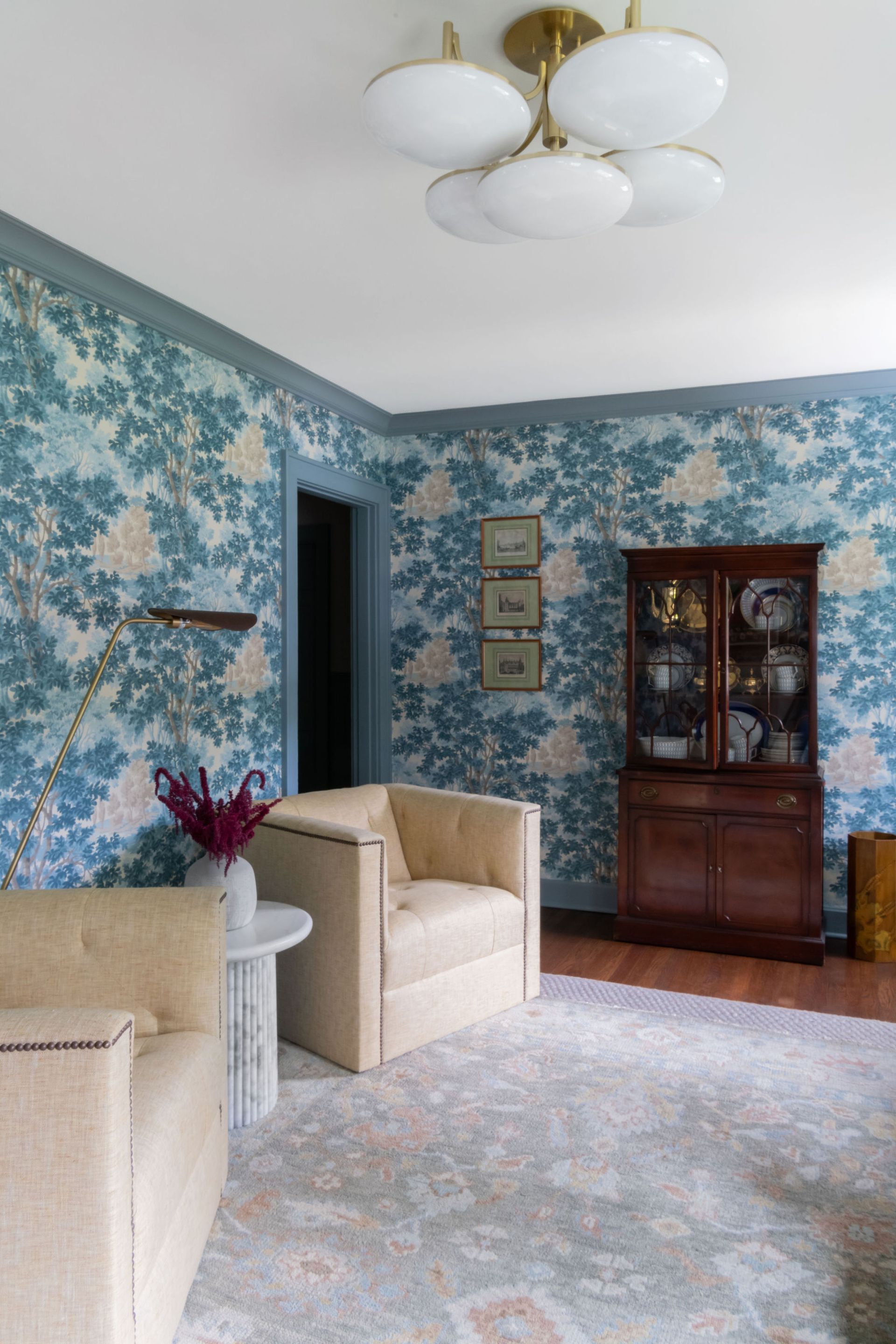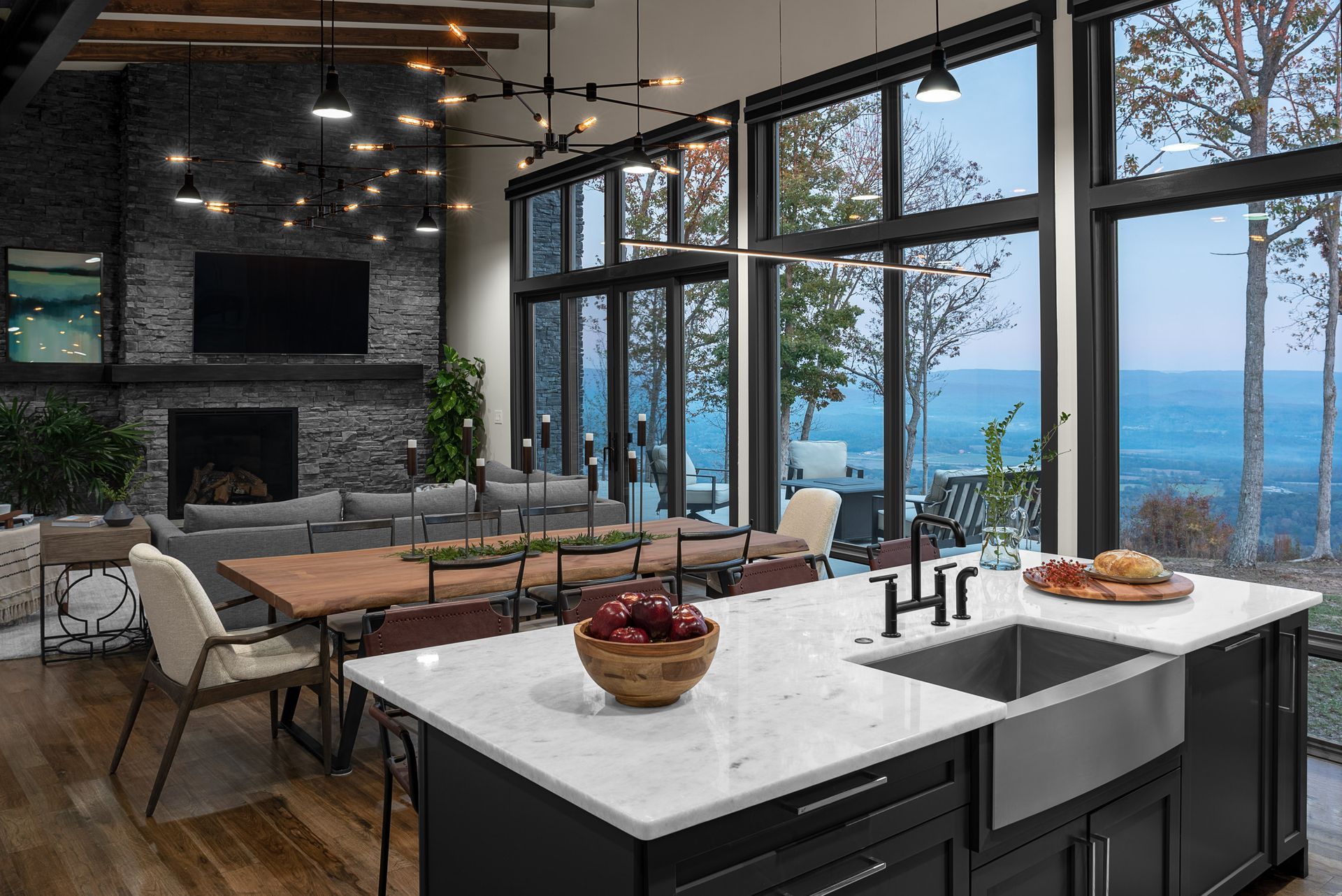Blog
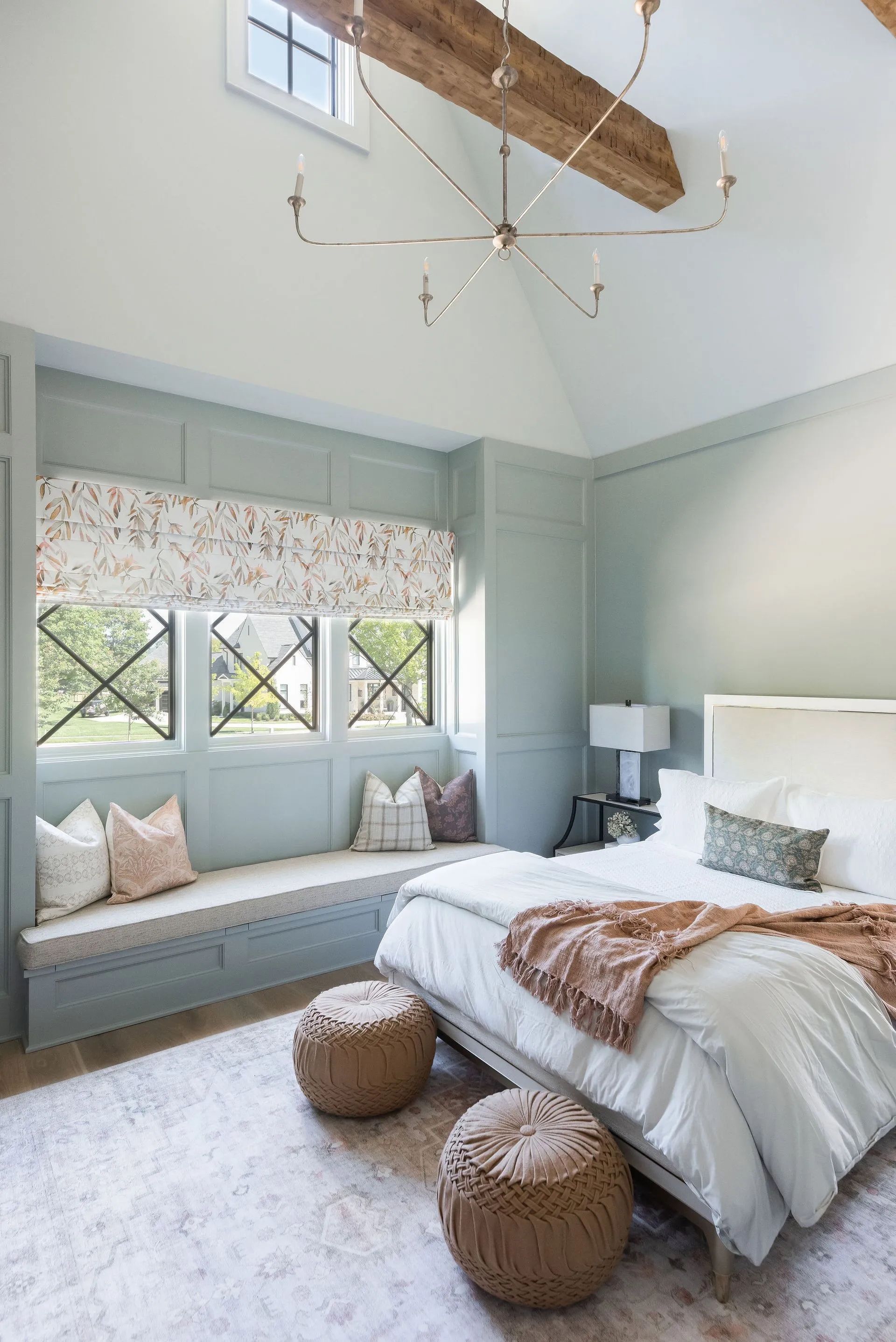
The home design world has been dramatically shaped by global shifts — rising tariffs, supply chain disruptions, and material shortages are all part of the new reality. While navigating this evolving landscape can feel daunting, b . blanton design is here to help homeowners, developers, and property investors make smart, budget-conscious decisions. Whether you’re looking to refresh a single room or embark on a full-scale renovation, the team at B. Blanton Design is equipped with the knowledge and expertise to guide you through the process — ensuring your vision and budget align without compromise. Here’s how we can help you design smarter in a turbulent market while keeping your home stylish and functional.
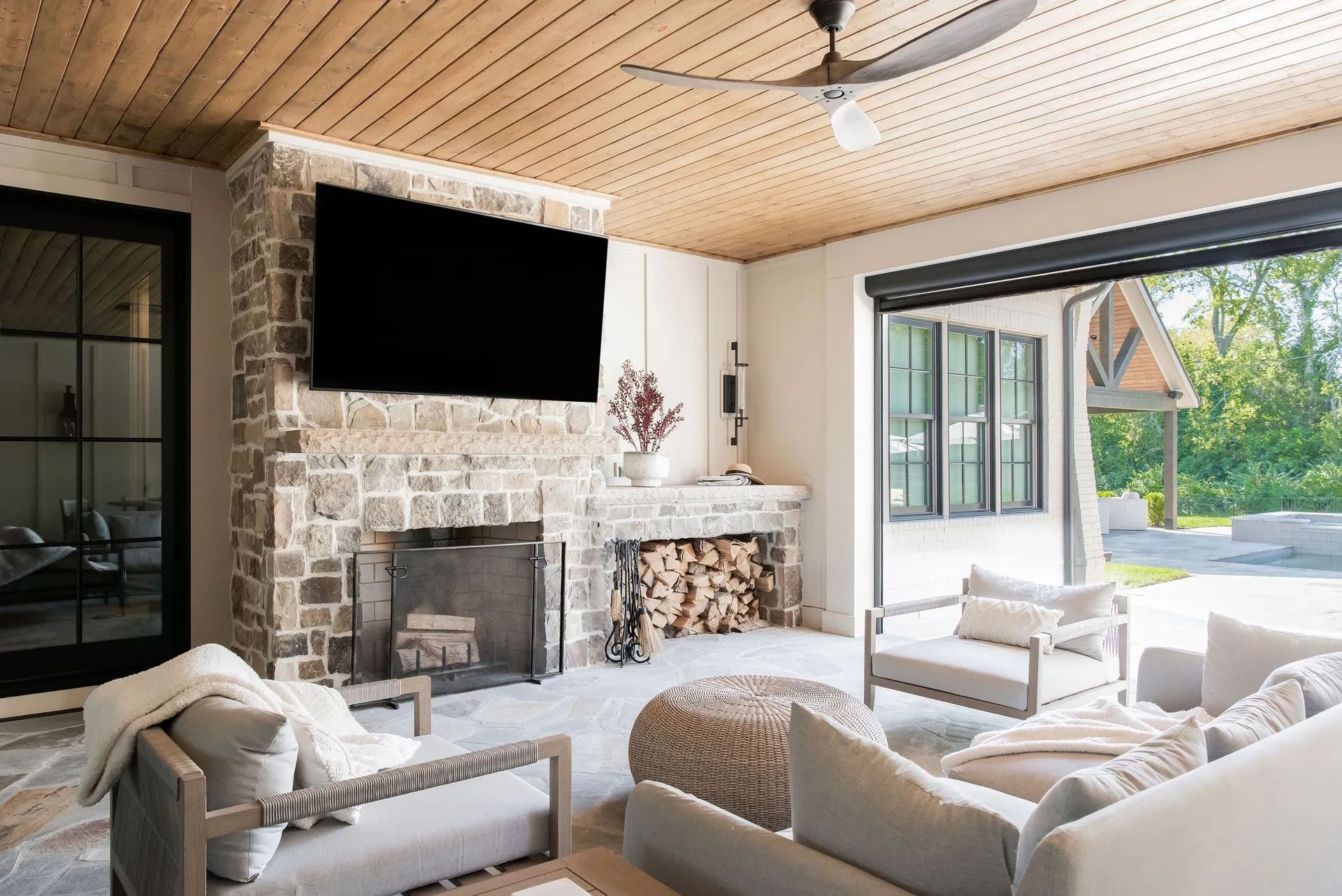
In the world of luxury interior design, creating a seamless connection between indoor and outdoor spaces has become a hallmark of sophisticated living. At B. Blanton Design, we specialize in transforming homes in Nashville with beautifully integrated indoor-outdoor environments, maximizing both space and function. Here’s how you can enhance your living area and elevate your home’s aesthetic with our expert design approach.

Designing Your Historic Home Whether you've just purchased a Victorian gem or are renovating a mid-century masterpiece, navigating the challenges of historic home design requires a blend of respect for the past and thoughtful adaptation for modern living. Let's dive into some essential tips and strategies to guide you through this journey. - all photos are from projects by b. blanton design. Working with Zoning Laws and Historic Commission Guidelines One of the first steps in renovating a historic home is to engage with professionals who understand local zoning laws and historic commission guidelines. This ensures your project meets regulatory requirements while preserving the architectural integrity of your home. At B. Blanton Design we bring over 4 years of experience working closely with historic design, having successfully completed numerous projects in historic districts. Our expertise ensures your project meets all necessary approvals while enhancing the beauty of your home. Maintaining Character Through Architectural Details Preserving the character of a historic home goes beyond restoration; it involves carefully refurbishing existing architectural details or integrating salvaged items to infuse the space with a rich sense of history. When original elements cannot be salvaged, replication of trim details, door styles, and window designs becomes essential. This approach ensures continuity with the home's original style, maintaining its unique charm and historical integrity. By adopting this approach, homeowners not only honor the past but also enrich the authenticity of their renovation project. Each replicated element contributes to the overall narrative of the home, creating a cohesive aesthetic that resonates with its historical significance. This attention to detail not only preserves but also revitalizes the essence of the home, Allowing its timeless appeal to endure for generations to come. Using Natural Materials and Aged Metals In renovating a historic home, the choice of materials plays a crucial role in maintaining its authenticity and enhancing its charm. Natural materials such as wood flooring, handmade tiles, quartzite or marble countertops, and aged metals are pivotal in achieving a harmonious blend of old and new elements within your remodel. These materials possess inherent qualities that contribute to a lived-in feel, showcasing their ability to age gracefully over time. Wood flooring, for example, develops a patina that adds character, while handmade tiles offer a bespoke craftsmanship that echoes traditional methods. Quartzite or marble countertops not only provide durability and elegance but also lend a timeless aesthetic that complements the historical context of the home. Aged metals, such as brass or copper fixtures, further enrich the space with their rich textures and hues, creating a sense of authenticity. Beyond their aesthetic appeal, these materials also add depth and warmth to your living spaces. Their natural textures and colors evoke a sense of comfort and permanence, inviting occupants to connect with the history and heritage of the home. This blend of natural materials not only preserves the architectural integrity of the space but also enhances its overall ambiance, ensuring a renovation that not only respects the past but also enriches the present living experience. Antique and Antique-Inspired Lighting Lighting is essential for showcasing the charm of a historic home. By integrating antique or antique-inspired fixtures, you can add character and depth to your interior design. Modern interpretations of vintage styles provide a contemporary update while still honoring the original architecture. This approach creates an eclectic and curated look that enhances the overall atmosphere of your home. Clever Storage Solutions Storage is often a challenge in historic homes. Finding innovative ways to incorporate storage into your floor plan maximizes space efficiency without compromising the architectural integrity. Consider built-in closets, storage furniture pieces, or utilizing large attic spaces for both storage and additional living areas. Thoughtfully designed storage solutions not only enhance functionality but also preserve the aesthetic charm of your home. Paint Colors True to Period Choosing paint colors that align with the period of your home is essential for maintaining a cohesive design scheme. Historical homes often feature muted tones or rich hues that reflect the era in which they were built. By selecting colors that flow harmoniously throughout your home, you create a cohesive and visually appealing environment that celebrates its historical roots. Conclusion Designing the interior of a historic home requires a meticulous approach that balances preservation with modern functionality. By collaborating with experts in local zoning laws, preserving architectural details, using natural materials, integrating antique-inspired lighting, choosing period-appropriate paint colors, and implementing clever storage solutions, you can create a home that honors its past while embracing the demands of contemporary living. At B. Blanton Design, we are passionate about preserving history through thoughtful design solutions. Contact us today to embark on your journey of transforming your historic home into a sanctuary of timeless elegance and modern comfort. Together, let's preserve and celebrate the beauty of your home's heritage.
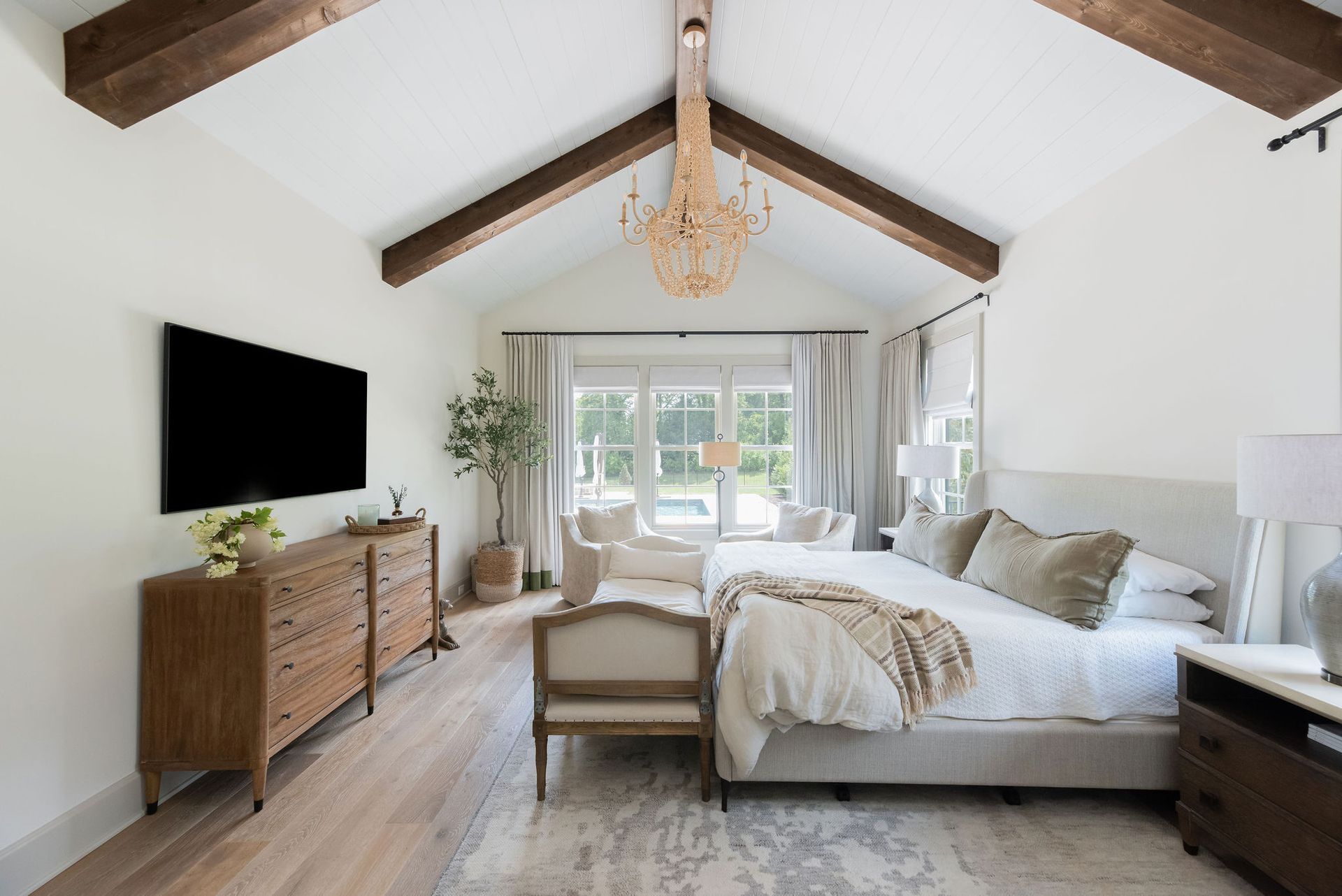
How Architectural Expertise Elevates Interior Design Projects When it comes to creating a truly exceptional home, interior design goes beyond selecting beautiful furniture and decor. To achieve a cohesive, functional, and aesthetically pleasing space, understanding the architectural foundation of a home is essential. This is where the combination of architectural expertise and interior design can make a significant difference in the outcome of your project. At B. Blanton Design, we blend our deep architectural knowledge with luxury interior design to deliver spaces that are not only visually stunning but also structurally sound and highly functional. 1. Enhanced Space Planning and Flow One of the most critical aspects of interior design is ensuring the space is optimized for functionality and flow. Designers with an architectural background can analyze the structure and layout of a home more deeply, ensuring that every square foot is used effectively. Architectural expertise allows for smarter space planning—whether it’s ensuring smooth transitions between rooms or maximizing smaller spaces for better usability. For example, in a remodel or new build, an interior designer with architectural expertise can recommend structural adjustments that will enhance the flow of the home, such as relocating walls, altering doorways, or adjusting ceiling heights. This ensures that the design isn’t just beautiful, but it also fits your lifestyle and improves daily living. 2. Seamless Integration of Interior and Exterior Design When a designer understands both the exterior structure and interior aesthetics of a home, they can ensure these elements work together harmoniously. Architectural expertise allows us to look beyond the interior of a home and think about how it connects with the exterior environment. Whether it’s aligning interior features with architectural elements such as windows, doors, or exterior elevations, or designing a cohesive look that marries the outdoor spaces with the indoor living areas, architectural knowledge ensures a seamless integration. For example, large windows might be positioned not only for natural light but also to frame beautiful outdoor views, creating a fluid connection between inside and out. 3. Structural Knowledge for More Informed Design Decisions Interior design involves more than just selecting colors and furniture—it requires an understanding of how different elements of the home’s structure support the design vision. Architectural expertise helps designers consider the structural integrity of a home when making decisions. This knowledge helps ensure that any changes or designs are feasible and will not compromise the safety or stability of the home. For instance, when it comes to lighting design, an architecturally trained designer knows the importance of considering ceiling height and load-bearing structures to create a lighting plan that works both aesthetically and structurally. This attention to detail ensures that design choices do not inadvertently disrupt the home's architecture.
